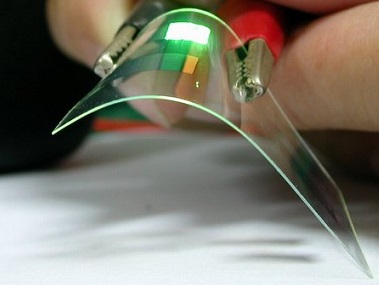
Flexible Hybrid Electronics are enabled through innovative manufacturing processes adapted from traditional industry approaches that preserve the full operation of traditional electronic circuits in flexible architectures. The technology demonstrators for manufacturability are intended to exhibit novel flexible form factors that are conformal, bending, stretching, or folding, and address a range of emerging applications in human activity and health monitoring, ubiquitous sensors (i.e.; the Internet of Things), or wearable electronics. The manufacturing institute will address issues including standards, materials, process scale-up, design tools, and advanced manufacturing.
The Integrated Photonics Manufacturing Institute will focus on developing an end-to-end photonics ecosystem in the U.S., including domestic foundry access, integrated design tools, automated packaging, assembly and test, and workforce development. The manufacturing innovation institute will serve as a regional hub, bridging the gap between applied research and product development by bringing together companies, universities, and other academic and training institutions and Federal agencies to co-invest in key technology areas that encourage investment and production in the U.S.
